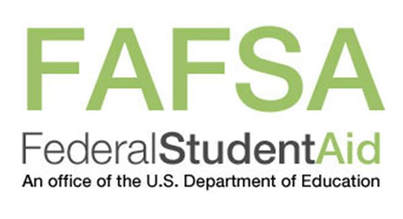The Free Application for Federal Student Aid has had a multitude of systematic changes as a result of the FAFSA Simplification Act. The last transition is set to occur during the 2024-25 application cycle.
The FAFSA Simplification Act was enacted in 2021, creating small changes in the application process each year to aid eligibility and qualifications. The overall goal of these changes is to provide greater accessibility towards aid and an easier application process. The 2024-25 application will be released in December, instead of its usual time in October.
Coming after a set of small changes, the 2024-25 edits are a continuation of previous improvements. The biggest change, however, is the replacement of the Estimated Family Contribution index being replaced by the Student Aid Index. The FAFSA form takes the information provided regarding a student’s finances and background information, and from there, FAFSA assigns an SAI number to the student. This SAI is taken by colleges to calculate each students’ financial need on an index.
The SAI will use a calculation form similar to the EFC, comparing what the student can afford versus the school cost. The change came from the implications of the “EFC” name. The title was changed to suggest that the SAI index calculated does not reflect how much money a family can contribute to increasing college prices, as it does not accurately depict this when factoring in student loan repayment.
Another new feature involves the specificities within SAI calculation. The 2024-25 form will put greater consideration into the specific costs of college, which is subtracted by the SAI. These new rules require colleges to provide an allowance for housing utilities to students, regardless of whether or not they live on campus. Additionally, there are no more financial aid limits for pursuing more than one credential-learning program. The FAFSA simplification process hopes to offer opportunities for greater financial aid, such as lowering the SAI ‘cap’ from zero (the previous lowest EFC on previous FAFSA application) to $1500, as well as lowering the criteria for receiving a Pell Grant.
Along with the new index, there will be additional changes to parameters of qualification. Reflected on the 2024-25 application and onwards, applicants will no longer have to register for the Selective Services, the authority that manages selecting candidates for military draft upon emergency. Another question that has been altered prior in the 2021-22 FAFSA form is related to drug convictions. A couple years ago, FAFSA’s act began loosening constraints for these convicts to get federal aid. In the upcoming cycle, this question has been removed, taking away possible disqualification for some applicants and opening up the opportunity for aid to more.
Once the application portal opens, students and families will have the opportunity to complete the question and attach necessary forms. The forms include information confirming identity, federal income tax returns, and W-2 forms showing income. These identifiers, plus other factors such as number of siblings or year, are then used to project a specific need-based aid amount.
FAFSA is the primary method for students to receive financial aid from the federal government, which can help cover otherwise mounting college costs. As a tool with millions of users per year, improvements in efficiency and accuracy will promote a clear, attainable path towards higher education.










